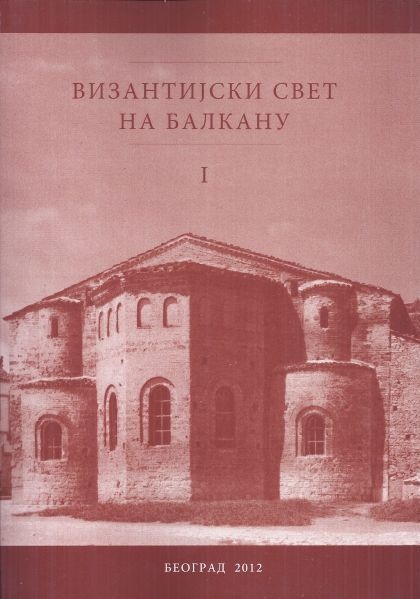Појам Бугарске у XI и XII веку и територија Охридске архиепископије
The Term Bulgaria in the 11th and 12th Centuries and the Territory of the Archbishopric of Ohrid
Author(s): Predrag Komatina
Subject(s): Historical Geography, Political history, 6th to 12th Centuries
Published by: Vizantološki institut SANU
Summary/Abstract: The notion Bulgaria in historical sources survived the end of the First Bulgarian State in 1018. The use of this term in the sources of the 11th and 12th centuries is not related to the adminstrative unit of the theme of Bulgaria, because it exceeds this unit both geographically and chronologically. This term was used by Byzantine, Latin (predominantly crusader) and Slavonic writers of the time to name the territory that stretched from the Rivers Sava and Danube in the North to the northern ranges of the Pindus Mountains in the South, and from the mountains between Ohrid and Durazzo in the West to the mountain gorges east of Sofia, in the East. It also covered a narrow strip of coastline around Valona, on the Ionian Sea. The term was applied consistantly to this same territory, in order to distigiush it from the rest of the Byzantine territory in the Balkans, which was called Romania, or Greece. This territory coincides with the jurisdictional area of the Archbishopric of Ohrid, the official name of which was the Archbishopric of Bulgaria. It preserved the name of the old Bulgarian Empire, with its traditions, for the land and the people under its jurisdiction. This Bulgaria should be treated by historians as a separete geographical and historical entity. It was divided between Serbia and the new Bulgarian state of Trnovo at the end of the 12th century.
Book: Византијски свет на Балкану I-II
- Page Range: 41-56
- Page Count: 16
- Publication Year: 2012
- Language: Serbian
- Content File-PDF

